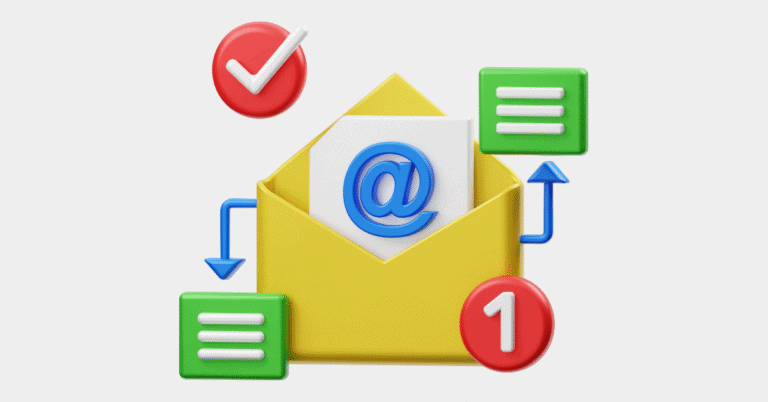Email marketing remains one of the most powerful digital marketing tools — but without proper optimization, your efforts may fall flat. Whether you’re looking to improve open rates or boost conversions, optimizing your email campaigns is the key to getting results. In this post, we’ll explore practical and data-backed ways to elevate your campaigns and drive measurable success.
1. Segment Your Audience for Better Personalization
Personalized content begins with segmentation. Dividing your email list based on demographics, purchase behavior, location, or past interactions allows you to send relevant messages that feel tailored to each recipient.
🔹 Example: Instead of sending one generic email, send different versions to first-time buyers, loyal customers, and inactive users.
Tools You Can Use:
- Mailchimp Audience Segments
- Klaviyo’s Smart Segmentation
- ActiveCampaign’s Custom Fields
2. Craft Compelling Subject Lines to Boost Open Rates
Your subject line is the first impression — and often the deciding factor between an opened email and one that ends up in the trash.
Tips for effective subject lines:
- Keep it under 50 characters
- Add urgency or curiosity (“Only 3 hours left!”)
- Personalize it with the recipient’s name
- Use emojis sparingly to stand out in crowded inboxes
📌 A/B test different subject lines to see what resonates with your audience.
3. Deliver Relevant, Value-Driven Content
Once your email is opened, the content needs to deliver value. Whether it’s exclusive offers, practical advice, or updates, your message should align with the recipient’s interests.
Suggestions:
- Share how-to guides
- Include product recommendations based on user behavior
- Offer discounts or early access
4. Create a Strong and Clear Call to Action (CTA)
Your CTA is what turns interest into action.
Make sure your CTA:
- Is clearly visible (use buttons or bold text)
- Includes action verbs (“Get Your Free Trial”, “Claim Discount”)
- Emphasizes benefits (“Save 20% Today!”)
- Creates urgency (“Offer Ends Tonight”)
Place it above the fold and again at the end of the email.
5. A/B Test and Continuously Improve Performance
Testing helps eliminate guesswork.
What you should A/B test:
- Subject lines
- Sending times
- Email layouts
- Button colors
- CTA wording
Monitor your metrics closely to identify what works best.
6. Manage Sending Frequency: Stay Present Without Overwhelming
Sending too many emails can annoy your subscribers. Sending too few can cause them to forget you.
Test different sending frequencies (e.g. once per week vs twice per month) to find the sweet spot for your audience.
Let users set their communication preferences to reduce unsubscribes.
7. Automate Campaigns for Efficiency and Personalization
Automation allows you to send targeted emails based on user behavior — all without manual effort.
Popular automations:
- Welcome sequences
- Cart abandonment reminders
- Birthday or anniversary emails
- Re-engagement campaigns for inactive users
Platforms like HubSpot, Klaviyo, or MailerLite can handle this with ease.
8. Track Key Metrics and Optimize Accordingly
Don’t just “set and forget” your campaigns. Monitor the performance of each email to spot opportunities for improvement.
Key Metrics:
- Open Rate
- Click-Through Rate (CTR)
- Conversion Rate
- Bounce Rate
- Unsubscribe Rate
Use insights from these metrics to improve your content, design, and overall email strategy.
Conclusion
Optimizing your email campaigns is an ongoing process that requires attention, testing, and a focus on your audience’s behavior and preferences. With proper segmentation, personalized messaging, automation, and continuous analysis, you can dramatically increase your conversion rates and build lasting relationships with your subscribers.

